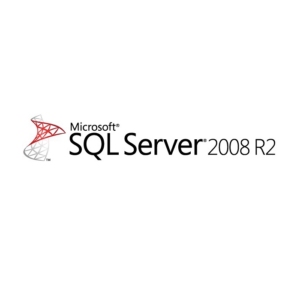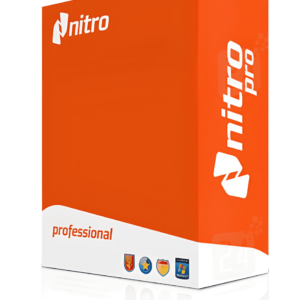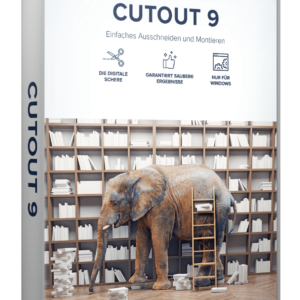Time for Assistance Ending in a Month
Within only a month, we are approaching the conclusion of an era for Linux as the support for CentOS 7 is coming to a halt – the final maintained version of this formerly dominant server operating system still receiving updates. Let’s reminisce briefly about its voyage.
A decade ago, on July 7, 2014, CentOS 7 was unveiled as a fully compatible branch of Red Hat Enterprise Linux 7. Since its original CentOS 2 release in 2004, the distribution has gained immense popularity, solidifying its position as the primary server operating system over the past ten years.
After nine minor version upgrades, the most recent being CentOS 7.9 in November 2020, Red Hat made a significant proclamation. It signaled the end of CentOS as a server operating system and shifted it to CentOS Stream – a rolling release distro and upstream public development branch for Red Hat Enterprise Linux (RHEL).
To complicate matters further, CentOS 8, initially set to receive updates until 2029, was unexpectedly withdrawn at the conclusion of December 2021. This leaves CentOS 7 as the sole version to complete its entire maintenance period, which ends in a mere 30 days on June 30, 2024.
Thus, take this as one last prompt if you are still utilizing CentOS 7 and have not yet migrated your system. Time is dwindling, so here are some alternative choices to transition to a RHEL-compatible and supported substitute.
Routes for CentOS 7 Migration
The incidents aforementioned have naturally led to the emergence of RHEL-compatible clones, with AlmaLinux and Rocky Linux distinguishing themselves as the premier alternatives. Oracle Linux also stands out as a top selection for transferring your CentOS 7 system.
It is vital to note that we are discussing in-place migration – upgrading or switching the operating system from one version or distro to another while preserving the existing server or environment.
This enables you to transition to a different Linux distro without conducting a fresh installation, which typically involves deleting the old system and commencing anew.
Here are the feasible CentOS 7 upgrade paths:
- CentOS 7 -> AlmaLinux 8 -> AlmaLinux 9
- CentOS 7 -> Rocky Linux 8 -> Rocky Linux 9
- CentOS 7 -> Oracle Linux 8 -> Oracle Linux 9
- CentOS 7 -> RHEL 7 -> RHEL 8 -> RHEL 9
As evident, migrations occur in multiple stages; you cannot directly leap from CentOS 7 to the latest version of your chosen distribution. Instead, you must initially upgrade to the nearest supported version, and then proceed by executing another upgrade to advance to the subsequent major version.
Naturally, we have you covered with the essential guides to make the transition process smooth. Here they are.
All the guides above utilize the remarkable ELevate tool developed by AlmaLinux for this specific purpose. For CentOS 7 to RHEL migration, you should utilize Red Hat’s Convert2RHEL utility, which has detailed instructions available here.
Post Termination of CentOS 7 Support
In essence, there are no immediate alterations with your CentOS 7 system after June 30, 2024 – it will function as it presently does. Nonetheless, looking ahead, there are certain serious risks to acknowledge.
Above everything, your CentOS 7 system will no longer be entitled to updates or security patches. This absence of support can expose your system to several risks:
- No Further Updates: The primary concern is the unavailability of updates and patches. This incorporates security updates, crucial for safeguarding your system against new vulnerabilities.
- Security Vulnerabilities: Devoid of regular security patches, any new vulnerabilities detected in the software will remain unfixed, rendering your system vulnerable to attacks.
- Software Incompatibility: As new versions of applications and dependencies are launched, they may not be compatible with CentOS 7. This could lead to software malfunctions or hinder you from utilizing newer software features.
- Compliance Issues: If your organization is subject to regulatory compliance, utilizing an unsupported operating system might breach compliance requirements.
- Lack of Vendor Support: Resolving issues can be more challenging if they arise, as vendors typically prioritize support for current operating system versions.
Considering the above, upgrading to a supported Linux distro is imperative to mitigate these risks. Whether you opt for Alma, Rocky, Oracle, or RHEL eventually hinges on your specific preferences and requirements.
The crucial aspect to recollect is that you have just 30 days left to transition your CentOS 7 system to a different supported Enterprise Linux distro, thereby granting yourself the assurance required to ensure your servers operate smoothly and securely in the future.











